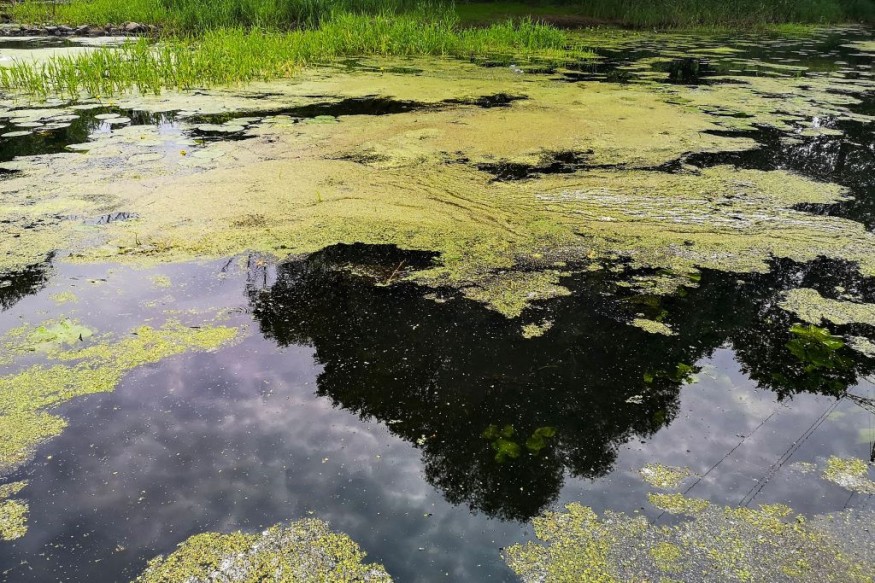Soaring temperatures and minnows are likely the reasons for the abundance of algae in lakes in Spain and France. An algae bloom can have health impacts.
Recently, parts of Spain and France recorded high temperatures, causing heat-related health concerns. In August, Spain experienced challenging heatwaves and wildfire risks.
High temperatures can harm animals and likely cause algae to affect lakes and other bodies of water. A harmful algal bloom could look like green, blocking essential nutrients aquatic animals need.
Lakes with algae in France and Spain

According to a recent report, minnows could likely be to blame for algae problems in lakes in Spain and France. The small fish might have escaped, causing the abundance of algae.
Minnows are known as silverfish that thrive in freshwater, swamps, ponds and lakes. There are about 3,000 species, reports showed. As mentioned, it is a used baitfish.
The small fish could likely consume zooplankton, essential in eating free-floating algae, which helps to maintain ponds and oceans by consuming bacteria and other parasites.
On the other hand, the report highlighted that soaring temperatures could help with the algae growth. The warmer temperatures could allow algae to grow in bodies of water, mainly the toxic-blue green algae.
Climate change could also play a significant role in the emergence of algae, particularly in drought-stricken areas. In addition, sea level rise and rainfall could influence the algal bloom.
Also Read : Climate Change-Fueled Disasters: About $3 Billion Budget to Help Communities Become Resilient in US
Impacts of algal bloom
Furthermore, algae can become dangerous, leading to harmful algal blooms, which could bring toxins harmful to animals and humans.
In communities, waters polluted by algae could affect the clean drinking of water. It can cause possible health risks if humans consume the toxins from algal bloom.
The algal bloom can bring harmful bacteria, making humans sick. Keep your away as possible.
Homeowners must see signs of potential algal color in their area. The said blooms can become recognizable by noticing changes in watercolor.
Meanwhile, there are types of algae blooms that can be found in bodies of water: diatoms, dinoflagellates, and cyanobacteria.
The blooms due to cyanobacteria can result in serious health concerns, especially in freshwater, lakes or ponds. The cyanobacteria have harmful toxins that could affect animals and ecosystems.
Plants are also affected by algal blooms because they block the essential sunlight.
The impacts of algal bloom can be massive. NOAA Ocean Service reported that about $82 million in economic losses happen every year due to the emergence of harmful algal bloom, affecting beaches, tourism and seafood industries.
As a result, protecting and conserving against algal blooms is crucial to prevent possible losses, health impacts and declining ecosystems in freshwaters.
Related Article : Rapid Sea Level Rise Threatens Mangroves, Tidal Marshes Due to Increasing Global Temperatures
For more similar stories, don't forget to follow Nature World News.
© 2025 NatureWorldNews.com All rights reserved. Do not reproduce without permission.





